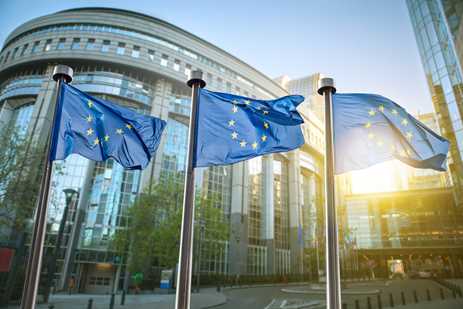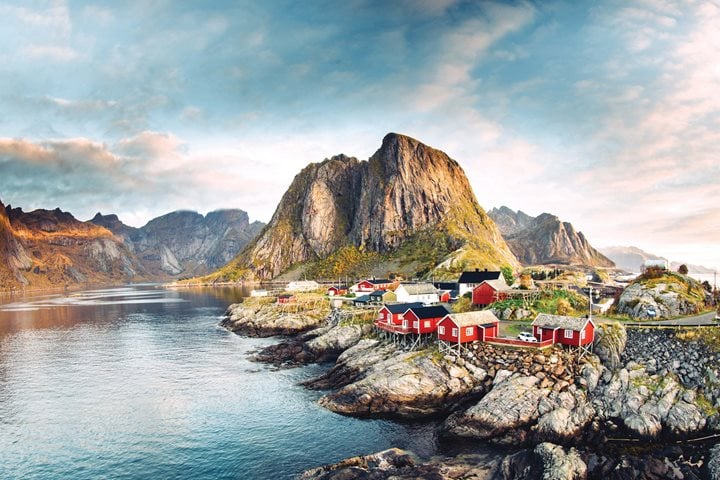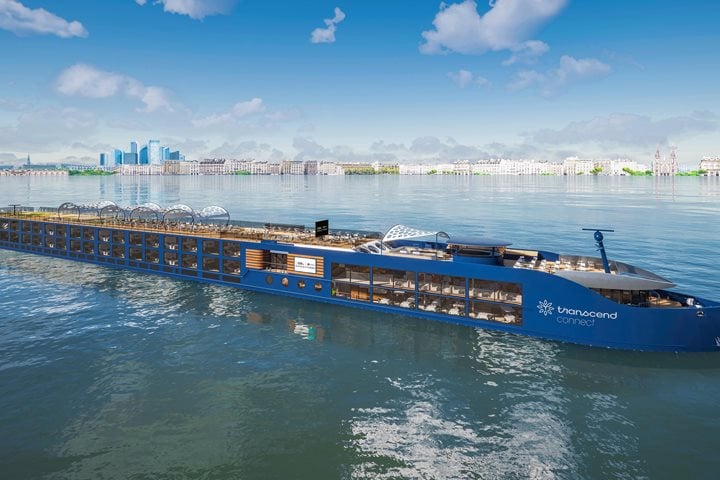A center for commerce, art, and ideas, the Low Countries have been a critical European crossroads for centuries. Fronting the North Sea and laced with rivers and canals, Belgium, the Netherlands, and Luxembourg have benefited from easy access to trade and have learned to control these waters, as much of their sea-adjacent land is below sea level. A region both rich with history and buzzing as the modern-day epicenter of the European Union, the Low Countries have many fascinating layers to reveal. Our new expedition, Coastal Powers of the North: Medieval Capitals and Vibrant Cultures, shines a light on the often under-the-radar achievements and special places in the Low Countries. Join us as we visit the world’s first multinational corporation, the planet’s only UNESCO-designated museum, the hallowed halls of the European Parliament, and more on this voyage that provides a wide-ranging understanding of this intriguing region, past and present. Get Inspired by Photos, Videos, Webinars, Stories, and Exclusive Offers. Sign Up
Aug 2025
40 Min Read










